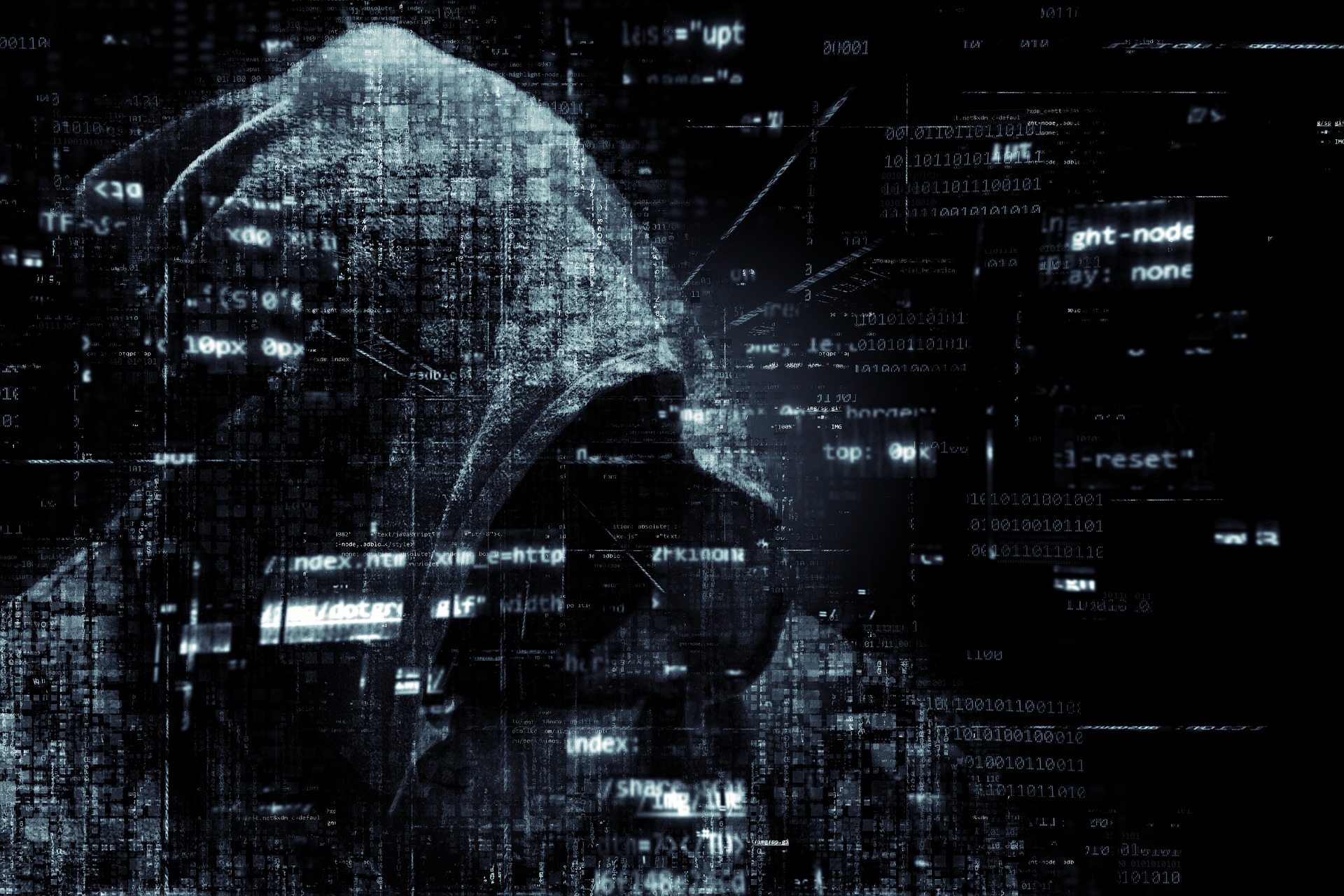GENERAL PRACTICE
Prepare Your Healthcare Clinic For Cyber Crime Attacks

Cyber Crime in healthcare is the most profitable, in demand and dangerous aspect of cyber security. Last year, more healthcare enterprises reported data breaches than any other sectors in Australia.
We have some interesting facts for you:
- The average price for a stolen credit card on the black market is roughly 4 USD
- The average price for a stolen healthcare record is over $300 USD
- It costs the healthcare business an average of $1804 per stolen patient record in business loss
CRYPTOLOCKER, THOR, CRYPTOK and all other weird names that are usually followed by a “ Oh no, how did this happen?”.
If you know what the terms above means, then most likely you know of someone who has been in contact with ransom ware and hack attacks.
2016 had the highest rate of clinical data hacks in Australia and what’s scarier, the ransomware products and hacking strategies have gotten more complex and the attacks have become more about data breaches and less about extortion.
The simple reality is that no software product can stop crypto locker attacks and it’s almost impossible (and very expensive) to decrypt locked files. To understand the solution we need to better understand the problem.
A Cryptolocker (ransomware) attack is technically not considered to be a computer virus but rather an encryption command. The script when downloaded will encrypt all the files on the computer and then it will look for any shared files across the network.
If the script can access those shared files, then it will also encrypt them. In the case of healthcare businesses this will be your clinical database (shared across the network), your patient documents (images, scans) and finally, the business documents (shared or mapped files).
The most common methods which hackers use to infect clinics are via emails (e.g. an email pretending to be from the ATO or a pathology lab where there is an attachment) and the second most cost way hackers will infect your clinic is by leaving (or posting) a USB memory stick to the clinic with a label called “Patient File”.
To protect your clinic from Cryptolocker attacks there are several very simple processes which you or your current IT provider can implement very quickly and at a low-cost budget.

